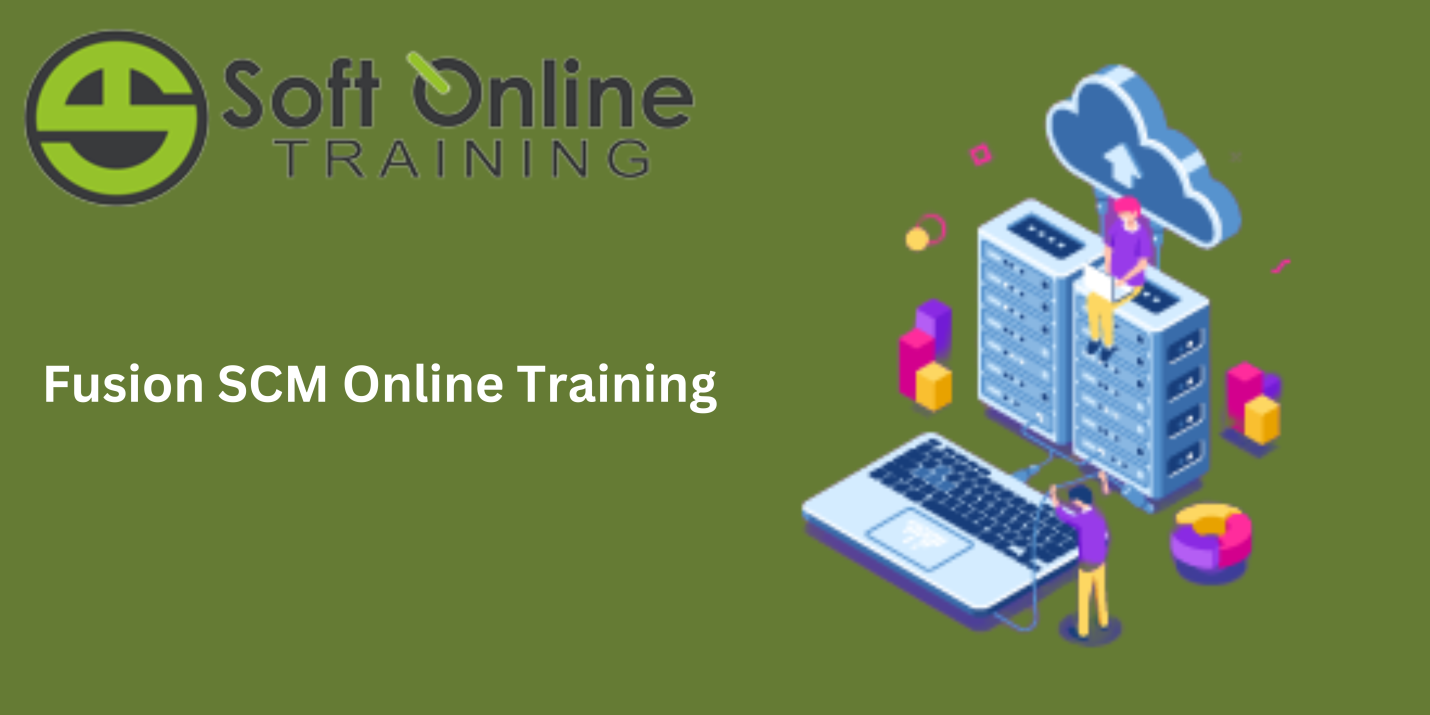Sustainable injection molding practices are becoming increasingly important in the manufacturing industry as companies look to reduce their environmental impact and improve their sustainability. Large part injection molding is a widely used manufacturing process for producing plastic products, and it is essential to adopt sustainable practices to ensure the long-term viability of this industry. In this blog, we will discuss some of the key sustainable injection molding practices that companies can adopt to reduce waste, energy consumption, and emissions.
Material selection
The choice of material is a critical factor that affects the sustainability of the injection molding process. It is essential to select materials that have a lower carbon footprint, requires less energy to produce, and can be composted or recycled.
Biodegradable Plastics
Biodegradable plastics, also known as bioplastics, are made from renewable resources such as corn starch, sugarcane, or potato starch. These materials have a lower carbon footprint than traditional plastics, as they require less energy to produce and generate fewer greenhouse gas emissions. Biodegradable plastics are also compostable, meaning they can break down naturally without harming the environment.
Recycled Materials
Recycled materials are another sustainable option for injection molding. Recycled plastic resins are made by processing and reusing plastic waste that would otherwise end up in landfills or oceans. Using recycled materials in the injection molding process reduces the need for virgin plastic, conserves resources, and reduces the amount of waste produced.
Plant-based Materials
Plant-based materials are also becoming popular in the manufacturing industry due to their sustainability benefits. These materials are made from renewable resources such as bamboo, hemp, or soybeans. Plant-based materials have a lower carbon footprint and are biodegradable, compostable, or recyclable.
The use of sustainable materials in injection molding not only reduces the environmental impact but also provides economic benefits. Companies can reduce costs associated with waste disposal, energy consumption, and raw material procurement. Sustainable materials can also improve the reputation of companies among environmentally conscious consumers, leading to increased sales and customer loyalty.
Process optimization
Optimizing the injection molding process can help reduce energy consumption, waste, and emissions. This can be achieved by using efficient machinery, reducing cycle time, and minimizing material waste. Energy-efficient machines can help reduce energy consumption while optimizing the injection molding cycle can reduce material waste and improve productivity. Process optimization also involves reducing the number of rejects and scrap materials, which can be reused or recycled.
Recycling and waste reduction
Recycling and waste reduction are crucial sustainable injection molding practices. Companies can reduce waste by implementing a closed-loop recycling system, where plastic waste is collected, reprocessed, and reused in the manufacturing process. Recycling not only reduces waste but also conserves energy, as recycled materials require less energy to produce than new materials. Companies can also reduce waste by using minimal packaging and implementing waste reduction strategies such as lean manufacturing.
Renewable energy
Using renewable energy sources is a critical aspect of sustainable injection molding practices. Injection molding requires a significant amount of energy, and the use of non-renewable energy sources such as fossil fuels can contribute to greenhouse gas emissions and climate change. Renewable energy sources such as solar, wind, and hydropower offer a sustainable alternative that can help reduce emissions and conserve resources.
Solar Energy
Solar energy is a popular renewable energy source used in the manufacturing industry. Companies can install solar panels on their roofs or in their facilities to generate electricity from the sun’s energy. Solar panels can help reduce the reliance on fossil fuels and provide a sustainable source of energy. Companies can also install energy storage systems to store excess energy generated by solar panels, ensuring a constant supply of clean energy.
Wind Energy
Wind energy is another renewable energy source that can be used to power injection molding processes. Companies can install wind turbines on their property to generate electricity from the wind’s energy. Wind turbines can provide a sustainable source of energy and help reduce the reliance on non-renewable energy sources.
Hydropower
Hydropower is also a renewable energy source that can be used to power injection molding processes. Companies can harness the energy from moving water to generate electricity. Hydropower is a clean and sustainable energy source that does not emit greenhouse gases.
Environmental certifications
Obtaining environmental certifications such as ISO 14001 or LEED can help companies demonstrate their commitment to sustainability. These certifications require companies to adhere to specific environmental standards, such as reducing waste, energy consumption, and emissions. They also help companies identify areas where they can improve their sustainability practices and reduce their environmental impact.
Key Takeaway
Sustainable injection molding practices are essential for the long-term viability of the manufacturing industry. Material selection, process optimization, recycling and waste reduction, renewable energy, and environmental certifications are all critical factors that companies can adopt to improve their sustainability practices. By implementing these sustainable practices, companies can reduce their environmental impact, conserve resources, and contribute to a more sustainable future.










